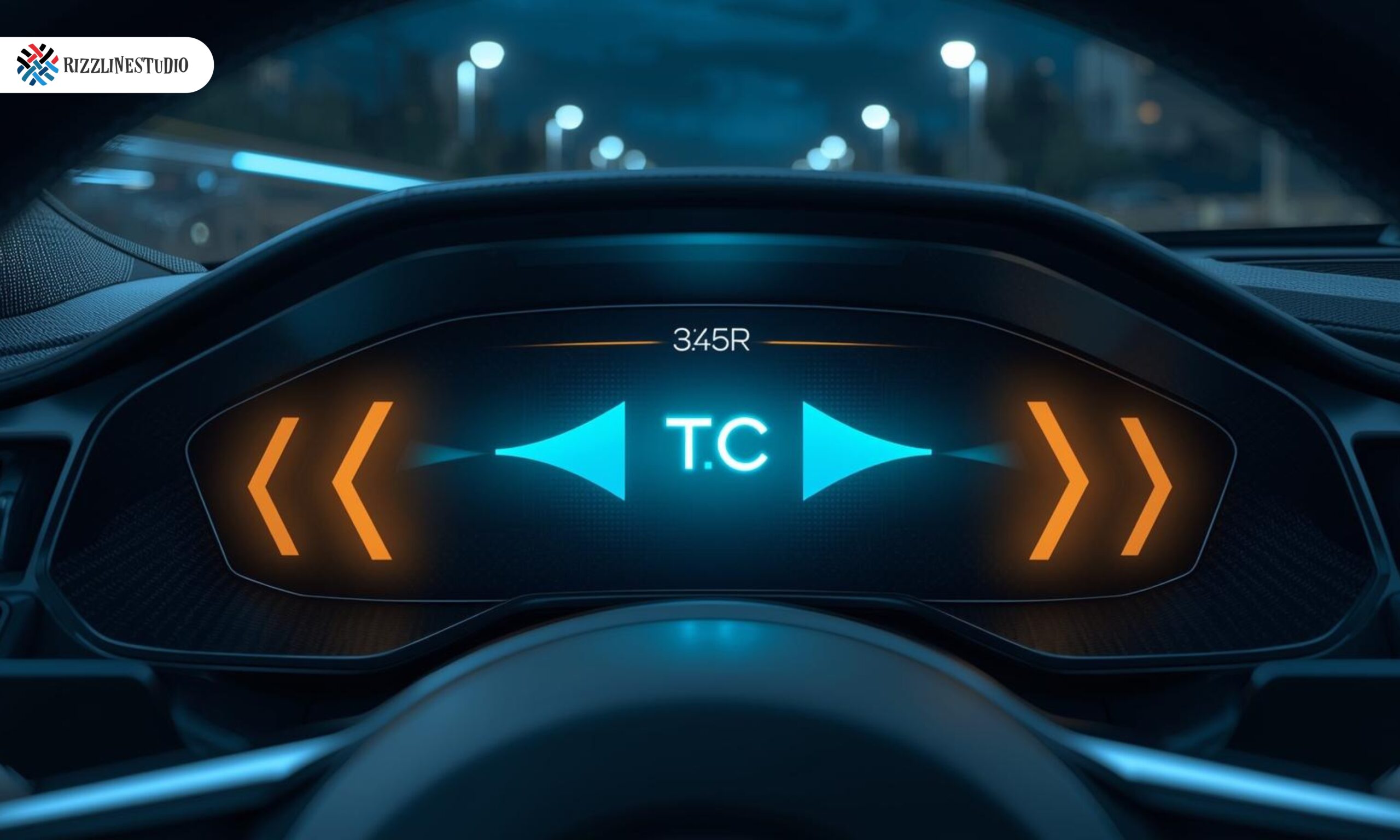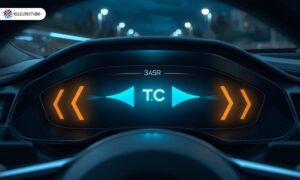Have you ever been driving and noticed the letters “TC” light up on your dashboard, or saw someone mention it while talking about a car, and wondered what it meant? At first glance, it can be confusing, especially if you’re new to car terminology. Don’t worry! We’ll break it down in a simple and friendly way so you can understand what TC is, why it matters, and when it’s commonly discussed.
Quick Answer:
TC stands for Traction Control. It’s a friendly and informative term that refers to a safety feature in vehicles designed to prevent wheel slip and improve vehicle stability.
🧠 What Does TC Mean on a Car?
Traction Control (TC) is a system in modern cars that helps prevent the wheels from spinning when accelerating, especially on slippery surfaces like ice, rain, or loose gravel. It ensures your vehicle maintains grip and stability, reducing the risk of skidding.
Example Sentence:
“I noticed the TC light flashing when I drove over the wet road—it means my traction control is active!”
In short:
TC = Traction Control = Prevents wheel slip and improves stability
📱 Where Is TC Commonly Used?
TC is mostly referenced in:
Cars & Vehicles 🚗: Modern cars often include TC as a standard safety feature.
Driving Guides & Forums 🏎️: People discuss it when learning about safety systems.
Texting or Social Media 💬: Casual chats about car performance or features.
Tone: Mostly educational and informative, but can be casual when chatting with friends about cars.
💬 Examples of TC in Conversation
Here are some realistic examples of how people might discuss TC in everyday chats:
A: “My car slipped on the rain today 😬”
B: “Did the TC light come on? That’s why it helped you stay safe!”
A: “I love how smooth my drive feels on wet roads”
B: “Yeah, that’s the TC working perfectly 🚗✨”
A: “Why is the TC light flashing?”
B: “It means traction control is active, no worries 😎”
A: “Should I turn off TC on the track?”
B: “Yes, racing often requires it off for more wheel control 🏁”
A: “Does every car have TC?”
B: “Most modern cars do, it’s standard safety feature 👍”
🕓 When to Use and When Not to Use TC
✅ When to Use:
Driving on wet, icy, or slippery roads
Off-road driving with limited traction
Daily driving to maintain stability and safety
❌ When Not to Use:
- High-performance track racing (drivers may disable it for full control)
- When driving a vehicle that requires manual wheel spin for certain maneuvers
Comparison Table:
| Context | Example Phrase | Why It Works |
|---|---|---|
| Friend Chat | “TC light is on 😅” | Casual & relatable |
| Driving Class | “Traction control prevents skidding” | Educational & informative |
| Car Manual | “TC helps maintain wheel traction” | Formal & precise |
🔄 Similar Car Features or Alternatives
| Feature | Meaning | When to Use |
|---|---|---|
| ABS | Anti-lock Braking System | Prevents wheel lock during braking |
| ESC | Electronic Stability Control | Maintains vehicle stability |
| AWD | All-Wheel Drive | Improves traction in all conditions |
| TCS | Traction Control System | Alternative term for TC |
❓ FAQs About TC on Cars
Q1: Is TC safe to drive with?
Yes! Traction control is designed to enhance safety and prevent wheel slip in slippery conditions.
Q2: Can I turn off TC?
In most cars, yes. But it’s recommended only in special situations like racing or certain off-road conditions.
Q3: What does it mean if the TC light stays on?
It could indicate a problem with the traction control system, and your vehicle may need inspection.
Q4: Is TC the same as ABS?
Not exactly. ABS prevents wheel lock during braking, while TC prevents wheel spin during acceleration.
Q5: Do all cars have TC?
Most modern vehicles include TC as a standard feature for safety.
Roony is the creative mind behind Rizz Line Studio, where words meet style and attitude. With a passion for clever captions, trendy rizz lines, and social media magic, Roony crafts content that speaks directly to today’s generation. Whether it's humor, charm, or wit Roony always delivers the perfect line to match the vibe.












